 |
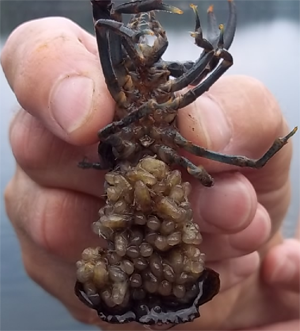 |
 |
| Picture of Cambarus bartonii in Clayton Lake. Photo credit: Ron Ingram, OMOECC. |
Cambarus bartonii from Cradle Lake, with young (Cradle is one of the study lakes). Photo credit: Robin Valleau, OMOECC. |
Closeup of Orconectes propinquus. Photo credit: OMOECC.
|
 |
 |
 |
| Preparing crayfish traps for deployment in Delano Lake (one of the study lakes). Photo credit: Christie Davies, Federation of Ontario Cottagers’ Associations. |
Traps ready for deployment in Pincher Lake (one of the study lakes). Photo credit: Ron Ingram, OMOECC. |
Flying over Algonquin Park. Photo credit: Ron Ingram, OMOECC. |
 |
 |
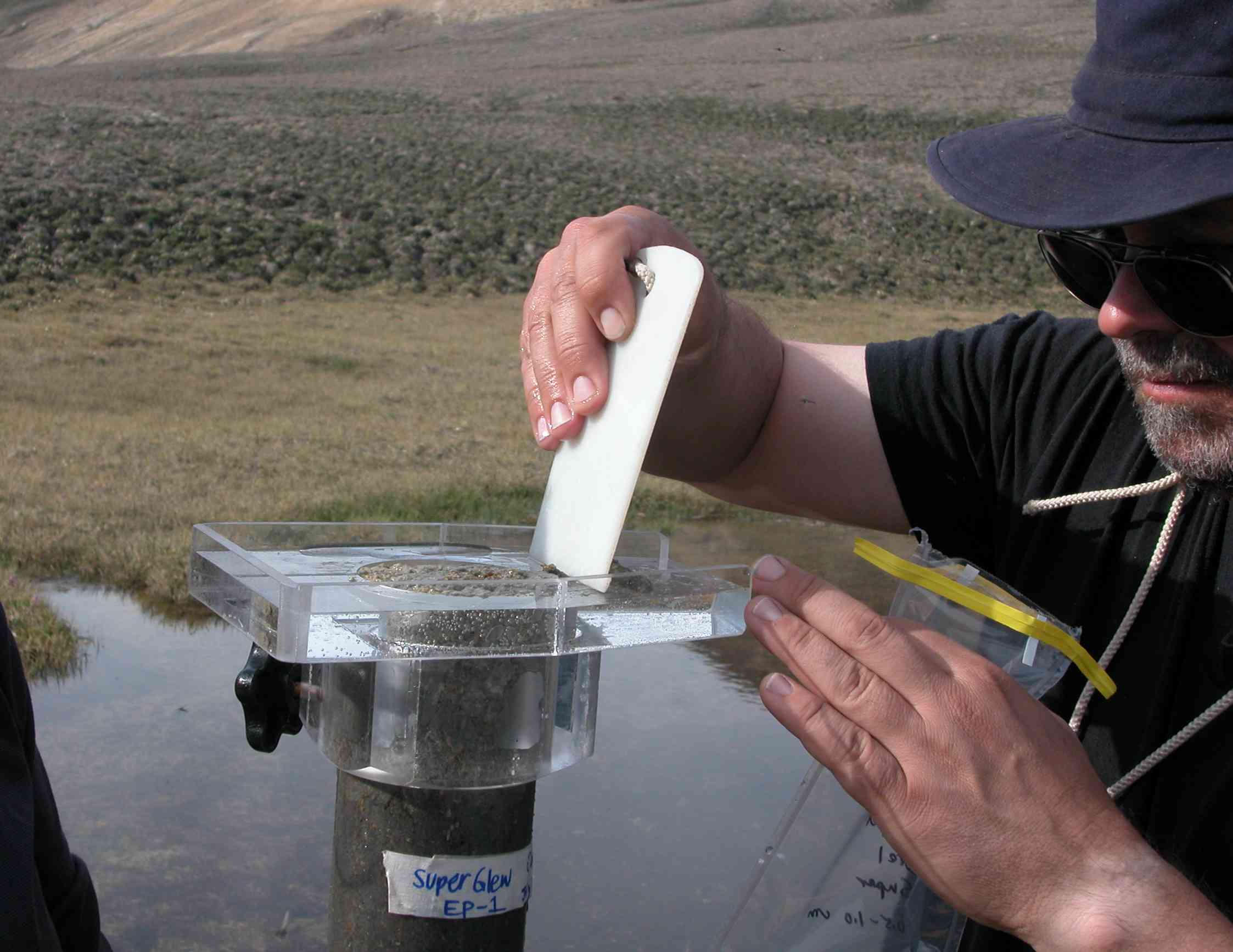 |
| Floatplane coming into Westward Lake (one of the study lakes). Photo credit: Ron Ingram, OMOECC. |
Turbo beaver coming to pick up the team on Westward Lake (one of the study lakes). Photo credit: Ron Ingram, OMOECC. |
A sediment core being extruded
into sections. Photo credit: Marianne Douglas, University of Alberta. |
 |
|
|
| A field crew slicing a sediment core into
individual 0.5 cm sections. As lakes fill in with sediment over time, the deeper down into the sediment you go, the older it is.Photo credit: Brian Ginn, Queen's University. |
A sediment core collected,
measured and
ready to be sectioned. Photo credit: Christine Greenaway, Queen's University. |
|
|
Cladocera
The Cladocera are a diverse group of microscopic animals common within aquatic systems. This group contains many common herbivores, however some are sensitive to falling calcium concentrations reducing their ability to compete with Holopedium. Daphnia are often referred to as "water fleas"
|
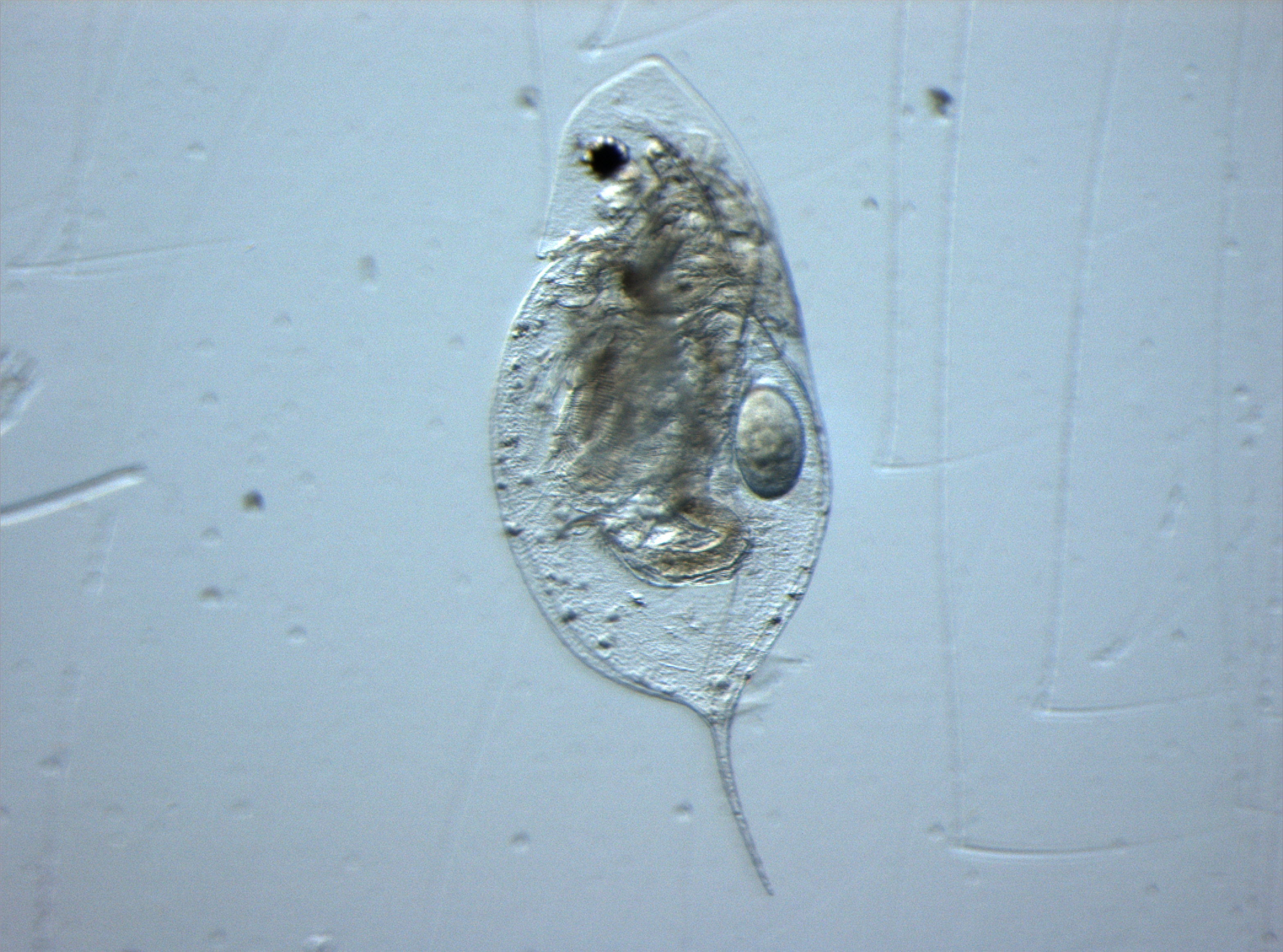
|
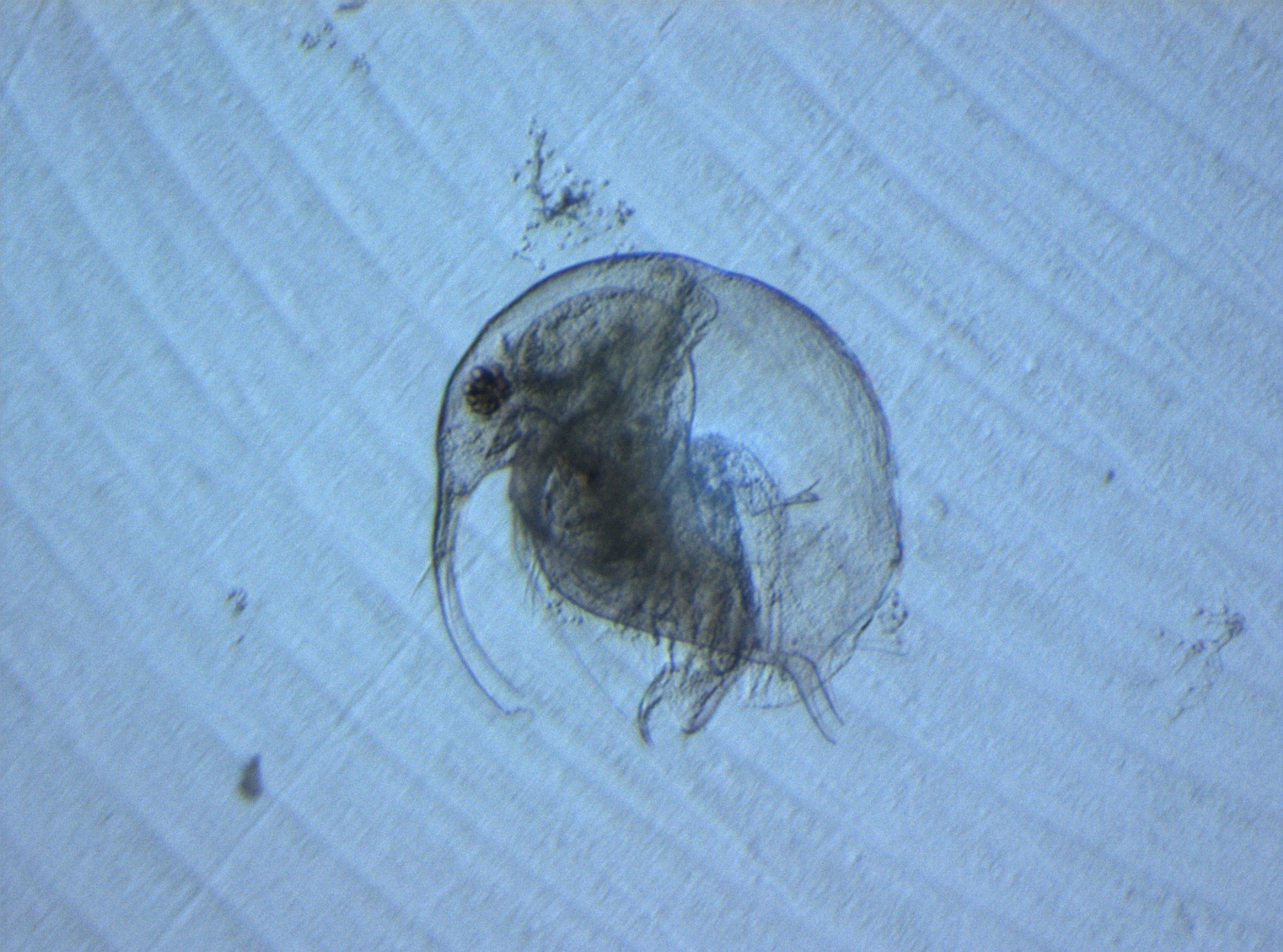
|
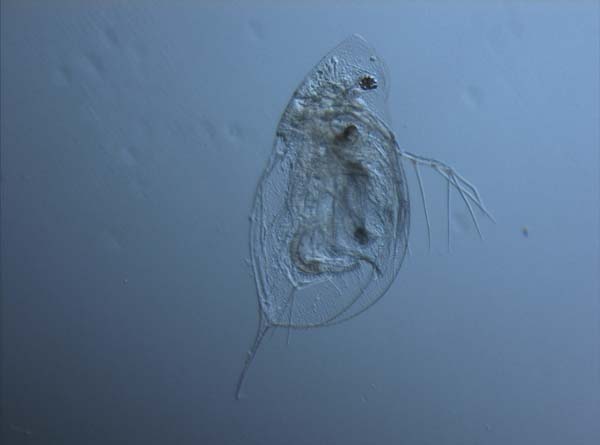
|
Daphnia
mendotae - an example of a cladoceran.
Photo credit: Shelley Arnott, Queen's University. |
Bosmina sp. - an example of a cladoceran.
Photo credit: Jessica Forrest. |
Another example of Daphnia mendotae - a cladoceran.
Photo credit: Jessica Forrest. |
|
Diatoms
|
|
 |

|
| Photomicrograph of a planktonic Diatom: Cyclotella antiqua. Photo credit: K. Rühland. |
Scanning electron micrograph image of an Aulacoseira diatom, preserved in sediments of a lake. Photo credit: Alexander Wolfe. |
Scanning electron micrograph image of a Discostella diatom (basionsym: Cyclotella), preserved in sediments of a lake. Photo credit: Alexander Wolfe. |

